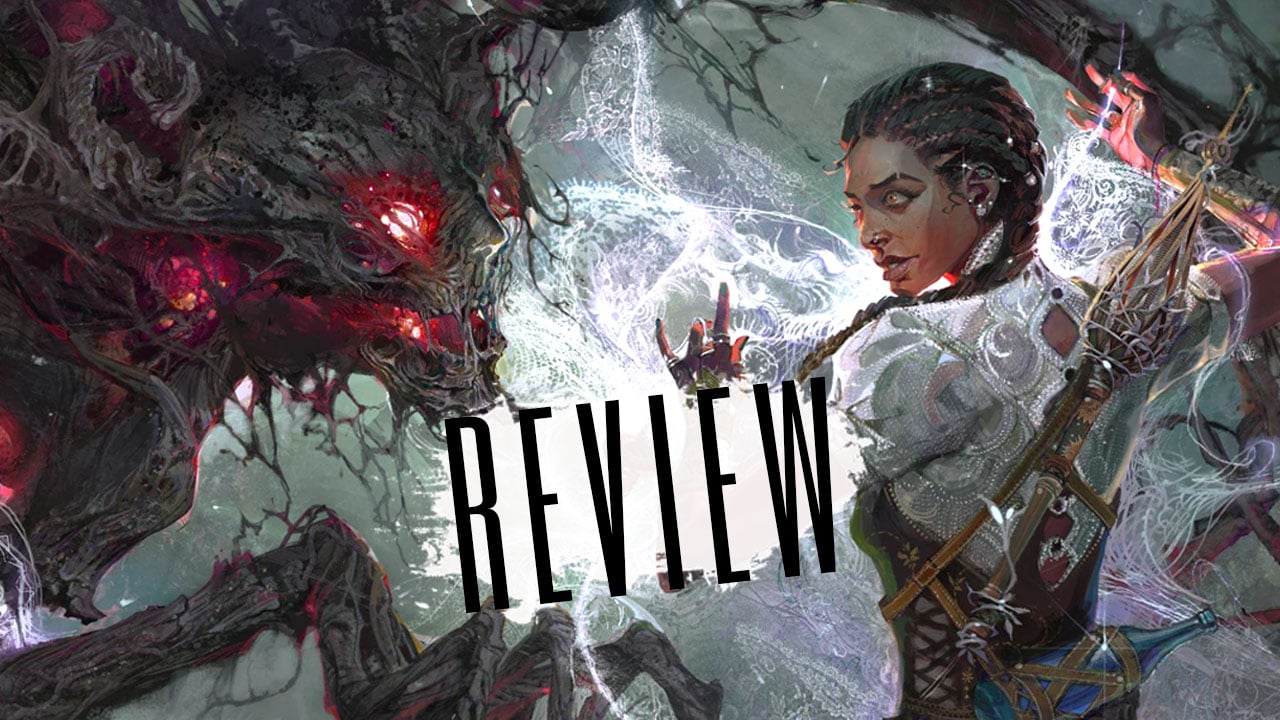
Even though pundits have been forecasting the demise of mid-budget video games for over a decade, these titles have shown remarkable resilience. With the gaming industry seemingly dividing into two main categories – large-scale blockbusters and indie games developed with budgets roughly equivalent to one day’s work on the former – games such as the original Hellblade, A Plague Tale: Requiem, Life is Strange, Kena: Bridge of Spirits, and Sifu have demonstrated that there remains a viable niche for games in this budget range.
Initially, high production costs for major game titles were on the rise, leading to a significant industry crisis after many years. Moreover, independent developers are finding it increasingly hard to stand out amidst the influx of daily releases, creating a crowded marketplace. In these trying circumstances, mid-budget games – affordable yet adequately funded to garner attention – seem like a promising solution for the current predicament.
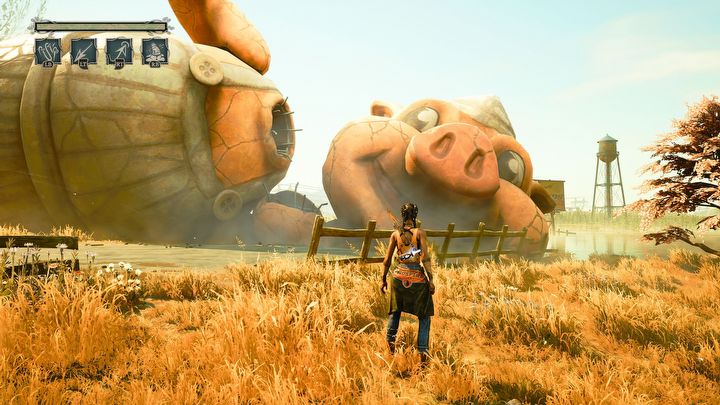
Essentially, “South of Midnight” is a well-crafted mid-range game, not aiming to compete with the major releases in the first half of the year. However, it offers an engaging experience that keeps you entertained for approximately ten hours.
Deep south after midnight
In a fresh game developed by Compulsion Games (known for creating We Happy Few and Contrast), we’re transported to the Deep South United States. We encounter Hazel, a young girl whose home and mother are tragically swept away by a fierce, tempestuous river. In her desperate bid to save her mother, Hazel taps into the Weaver’s powers, which enable her to mend a fractured world and restore wounded human spirits. Armed with newfound abilities, Hazel embarks on an extraordinary odyssey, unraveling the mysteries of her family heritage and her own future along the way.
If the narrative in “South of Midnight” seems familiar, like it’s been used in countless young adult fantasy novels, then your intuition is spot on. The storyline adheres closely to traditional genre tropes and follows a largely predictable path. Initially, Hazel appears rather unpleasant, but not so much that we can’t grow fond of her as she acknowledges her flaws and undergoes personal growth throughout the tale. As a Weaver, she interacts with characters grappling with deep-seated issues, which she addresses using her magical abilities. Despite encountering challenges, nothing seems to leave a lasting emotional impact on her. Accompanying Hazel is a quirky, witty magical companion who offers sage advice when needed. While the storytelling is skillfully done, it doesn’t offer anything particularly new – you might have recently encountered something similar in “Kena: Bridge of Spirits,” which shares both scale and conceptual similarities with “South of Midnight.

In the game “South of Midnight”, the unique setting is a refreshing departure from stereotypes, as the developers drew inspiration from the myths and legends of the Deep South. They created an array of extraordinary creatures and crafted the game world around this rich folklore. However, despite the potential for immersive storytelling about Cajun and local beliefs, these intriguing elements are relegated to the background. As I played, it felt as though the developers were hesitant about their own setting, preferring instead to focus on Hazel’s family troubles and her journey towards becoming the chosen one, with the deeper lore hidden in an optional codex accessible from the main menu.
- great music, with amazing bangers;
- beautiful, vibrant, and diverse visual setting;
- solid controls, thanks to which the action sequences aren’t frustrating.
CONS:
- most unique elements of the game – Cajun motifs, frame-by-frame animation – are toned down and pushed to the background;
- combat is a routine that quickly gets boring.
Life is a fight to be won
Speaking about the gameplay, South of Midnight evokes a sense of nostalgia reminiscent of the PS2 era, where action-adventure games were more about immersing players in captivating adventures and thrilling actions, as opposed to prolonging gameplay with excessive collectibles or cluttered open worlds filled with extraneous content. The game’s levels are completed swiftly, often combining straightforward exploration, combat, and platform escape sequences in a mix that keeps the gameplay engaging without overextending.
This production adheres closely to genre conventions, with minimal deviations that neither fall short nor surpass expectations. What particularly appealed to me was the compact exploration; while the levels progress linearly, instances of greater freedom are carefully managed and essentially involve choosing the order of a few objectives before proceeding. The game eschews side quests, mini-games, or other time-wasting features that don’t prioritize player experience. When venturing off the beaten path, we may find additional Floofs for skill enhancement, but since there are ample reserves, there’s no compulsion to exhaustively search every nook to develop Hazel.
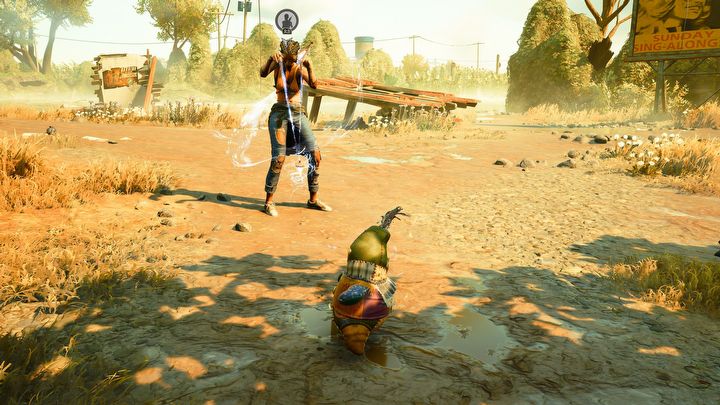
In a seamless manner, Hazel boasts an array of movements drawn from various game genres that facilitate navigation. This includes techniques like wall-running, double jumps, levitation, and even the ability to replicate past items such as a collapsed bridge. Such a feature is commonplace yet skillfully executed – the character moves effortlessly in response to our commands, leaping where intended, and exploring the game world is an enjoyable experience overall. This smooth control is particularly significant during escape sequences, where quick maneuvering around obstacles is crucial. In many other games, these sections can turn into a frustrating ordeal due to control problems; however, in this case, they are quite engaging.
In every encounter, the gameplay follows a repetitive pattern: enter a confined space, engage various enemies, and that’s about it. Although the types of adversaries may shift occasionally, the fundamental rules remain unchanged. What makes this monotonous is that even though there appear to be numerous special moves (which can be enhanced with Floofs), only a few are truly effective. Consequently, we end up using basic attacks and dodging repeatedly, which quickly leads to boredom. This tedium sets in quite swiftly.
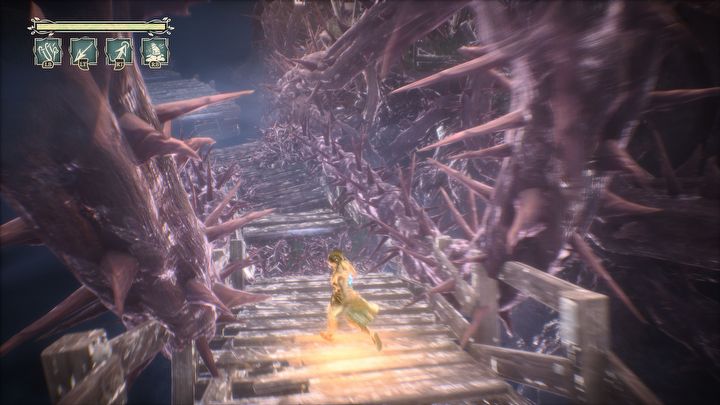
In simpler terms, the boss battles provide a momentary respite from my ongoing mission, however, I’ve only encountered one thus far and it was plagued with bugs, causing me to replay the fight twice due to its incompleteness. This has left me with an unfavorable initial impression. I plan to delve deeper into the topic of bosses once I complete the entire game. I’m unsure if a single battle accurately represents the entire gaming experience.
Best swamp on this side of Louisiana
In my previous analysis, I might not have painted South of Midnight in the most favorable terms due to its conventional storyline and average gameplay. However, there’s one area where this game from Compulsion Games truly shines – the immersive visual and audio environment it offers.
In no other game have I encountered swamps as vibrant, diverse, and teeming with life as those found in South of Midnight. Each stage showcases the surprising variety that a single ecosystem can encompass. The narrative kicks off in areas reminiscent of Louisiana’s popular cultural depiction, but soon delves into dark forests, flooded landscapes, and picturesque passes. Regardless of location, we are constantly surrounded by a rich tapestry of wildlife. Everywhere we go, we sense ourselves immersed within a thriving ecosystem, brimming with birds, crocodiles, foxes, chickens, pigs, even cows on rooftops! Compared to the abundance of life found in South of Midnight, other games can appear distressingly lifeless.
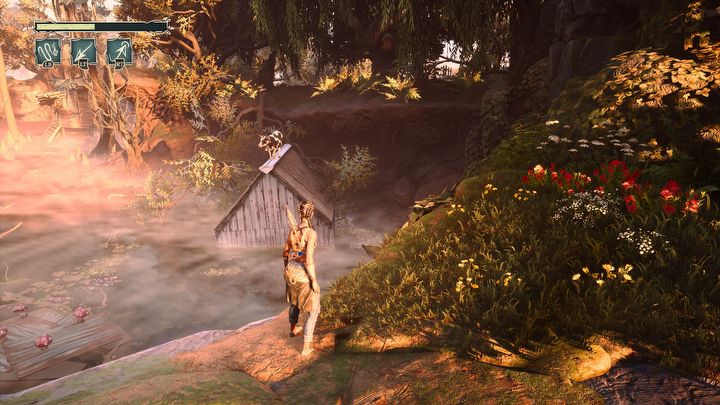
This extraordinary world showcases an exclusive, comics-inspired aesthetic, made even more captivating by stop-motion techniques. However, it seems the developers may have been swayed early on by initial feedback, leading to a somewhat restrained implementation compared to the initial promotional materials. Although the magical beings retain their characteristic “fraying” in their animation, Hazel and ordinary animals move quite realistically. It’s a shame, as I would have loved to see more of this distinctive effect throughout the game.
As a devoted admirer, I must say, the soundtrack is simply phenomenal! It’s during those pivotal scenes where songs beautifully sync with the unfolding drama on screen. The lyrics resonate deeply with the characters, their struggles, and feelings, making each tune feel like a personal confession. Many of these tracks are catchy as anything, and I can see myself humming them long after the curtain falls.
Somewhere in between the south and midnight
The visuals and music significantly enhance “South of Midnight”, otherwise it might blend in with the sea of “adequate” games. It’s advisable to experience Hazel’s journey, particularly if you enjoyed Kena and have a soft spot for classic action-adventure titles. Luckily, the price is reasonable, and it’s available on Game Pass too. Considering the atmosphere, I recommend giving it a try.
Read More
- 50 Ankle Break & Score Sound ID Codes for Basketball Zero
- Who Is Harley Wallace? The Heartbreaking Truth Behind Bring Her Back’s Dedication
- 50 Goal Sound ID Codes for Blue Lock Rivals
- Mirren Star Legends Tier List [Global Release] (May 2025)
- Pacers vs. Thunder Game 7 Results According to NBA 2K25
- League of Legends MSI 2025: Full schedule, qualified teams & more
- Pacers vs. Thunder Game 1 Results According to NBA 2K25
- Jeremy Allen White Could Break 6-Year Oscars Streak With Bruce Springsteen Role
- How to play Delta Force Black Hawk Down campaign solo. Single player Explained
- 100 Most-Watched TV Series of 2024-25 Across Streaming, Broadcast and Cable: ‘Squid Game’ Leads This Season’s Rankers
2025-04-03 19:33